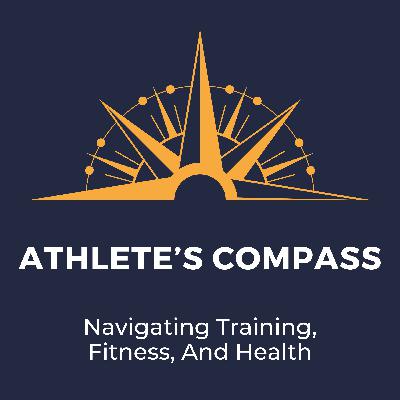Optimizing Your Training Within Real Life Constraints: Answering Listener Questions
Update: 2025-06-19
Description
In this Q&A-focused episode of The Athletes Compass, the hosts respond to listener questions around balancing endurance training with busy lives. They break down how Athletica's adaptive AI helps athletes navigate shifting schedules, discuss when to move or modify a VO2 Max workout, and explore the nuances of short interval formats like 30-30s, 30-15s, and 40-20s. The conversation also challenges the traditional idea that one massive long run is essential before race day, offering a volume-based approach instead. For everyday athletes juggling work, family, and goals, this episode is a reality check and a motivational guide.
Key Takeaways:
- Sleep trumps all: 90% of recovery comes from quality sleep.
- Training flexibility is essential: Athletica lets you move, skip, or swap workouts without breaking your plan.
- Busy athletes need context-based plans: Not every day allows for a perfect session—do what’s sustainable.
- VO2 Max sessions aren't sacred: Move them if needed, or modify based on how you feel.
- 30-30s aren’t just for cyclists: They're equally effective for runners when adapted correctly.
- Strides need better explanation: They're about activating fast-twitch fibers, not hitting a specific HR.
- Volume over singularity: Weekly mileage matters more than one long run.
- The AI isn’t perfect, but it’s improving: Take AI feedback with context and a grain of salt.
- Paul Warloski - Endurance, Strength Training, Yoga
- Marjaana Rakai - Tired Mom Runs - Where fitness meets motherhood.
Comments
In Channel





